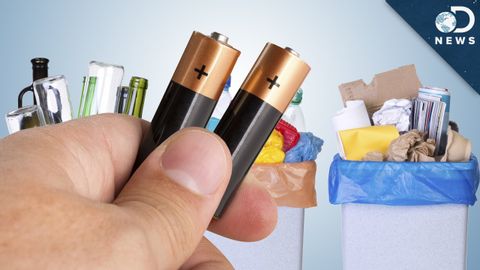
字幕と単語
動画の中の単語
lead
US /lid/
・
UK /li:d/
- n. (c./u.)(電気の)リード線;手がかり : 糸口;(映画 : 演劇の)主要部分 : 中心部;鉛;ひも : 鎖 : リード;(競争の)先頭 : 首位 : 優勢
- adj.(映画や演劇などの)主役の
- v.t.導く;(競争 : 勝負で)リードする : 先頭に立つ
- v.t./i.導く
A1 初級TOEIC
もっと見る throw
US /θroʊ/
・
UK /θrəʊ/
- v.t.投げる;(身体の一部を)急に激しく動かす;当惑させる : 混乱させる : 面食らわせる;投げ倒す;投げる : ほうる
- n. (c./u.)投げること;掛け布;投げ技
A1 初級
もっと見る charge
US /tʃɑrdʒ/
・
UK /tʃɑ:dʒ/
- v.t./i.突撃する;請求する;充電する;責任を課す;告訴する
- n. (c./u.)突撃;請求料金;電荷;料金;責任;指示;熱意;告訴
A2 初級
もっと見る エネルギーを使用
すべての単語を解除
発音・解説・フィルター機能を解除
